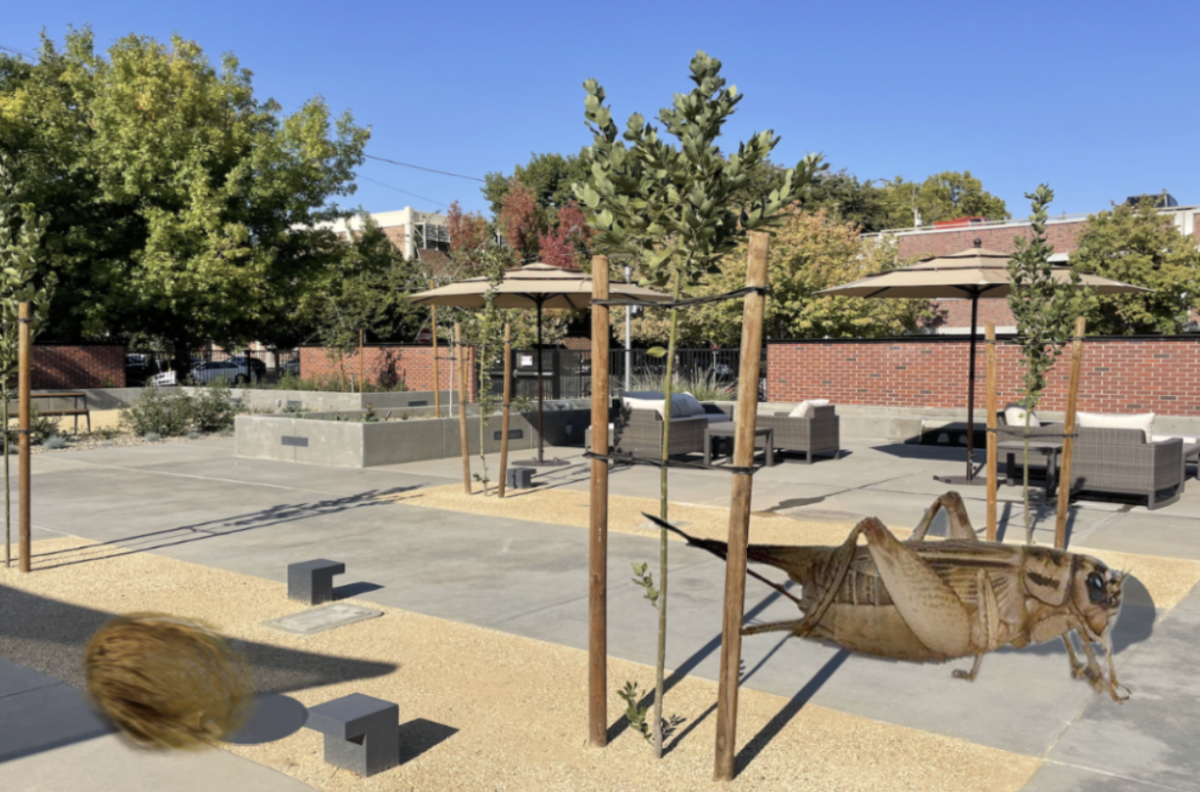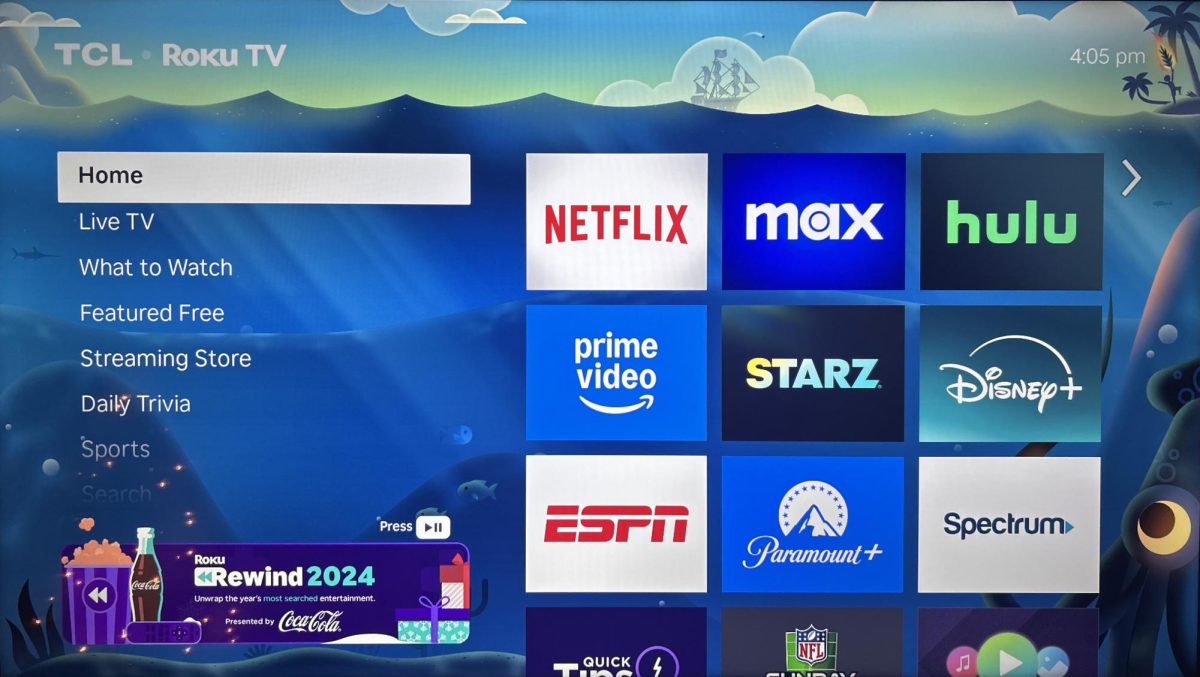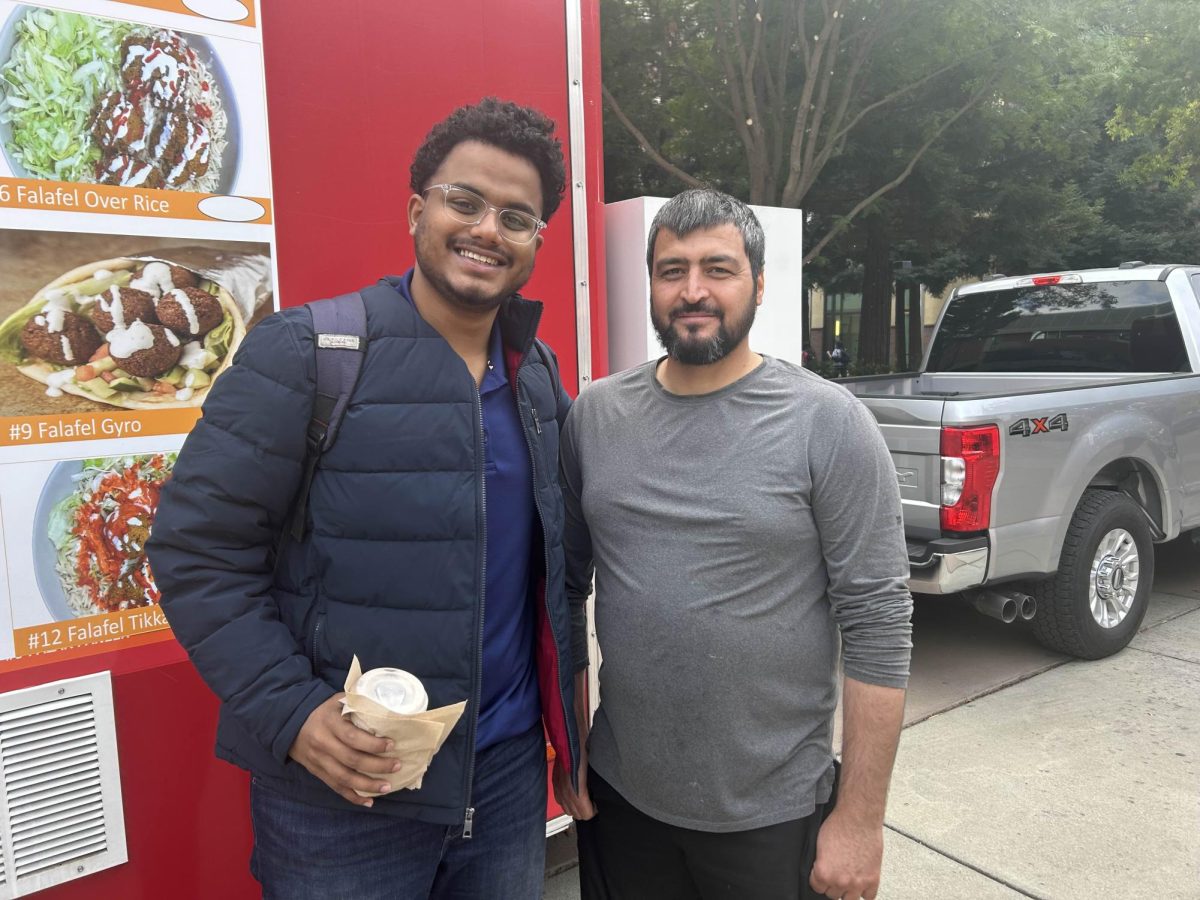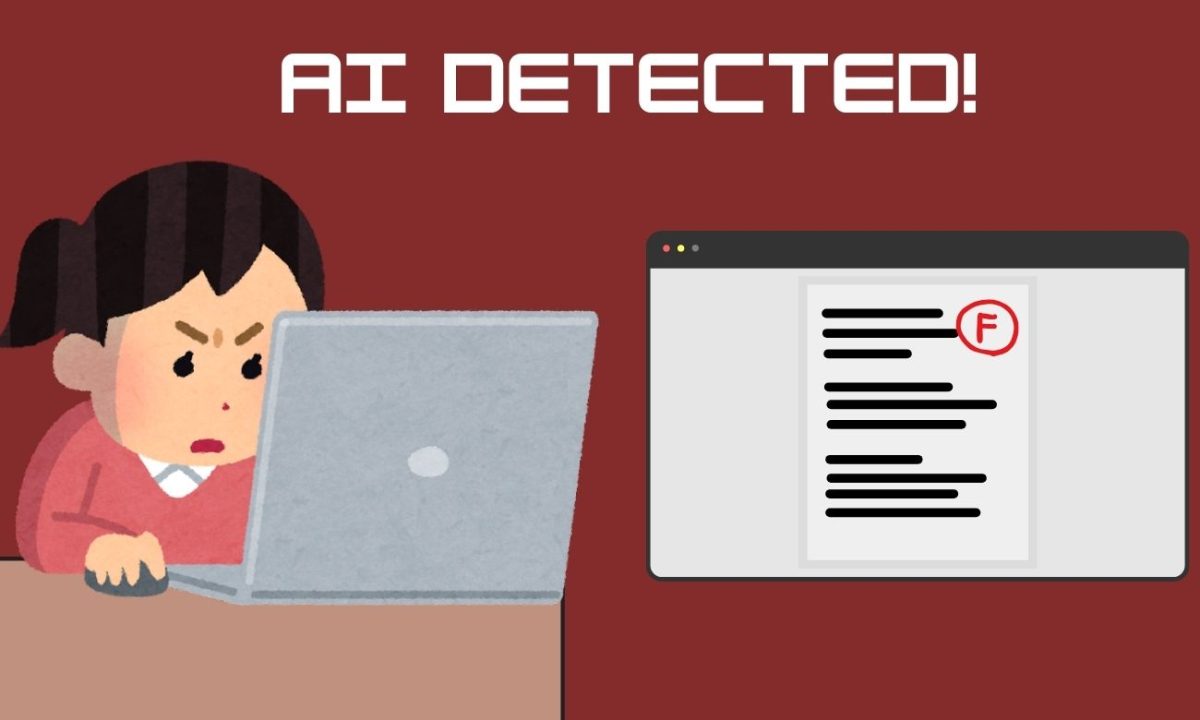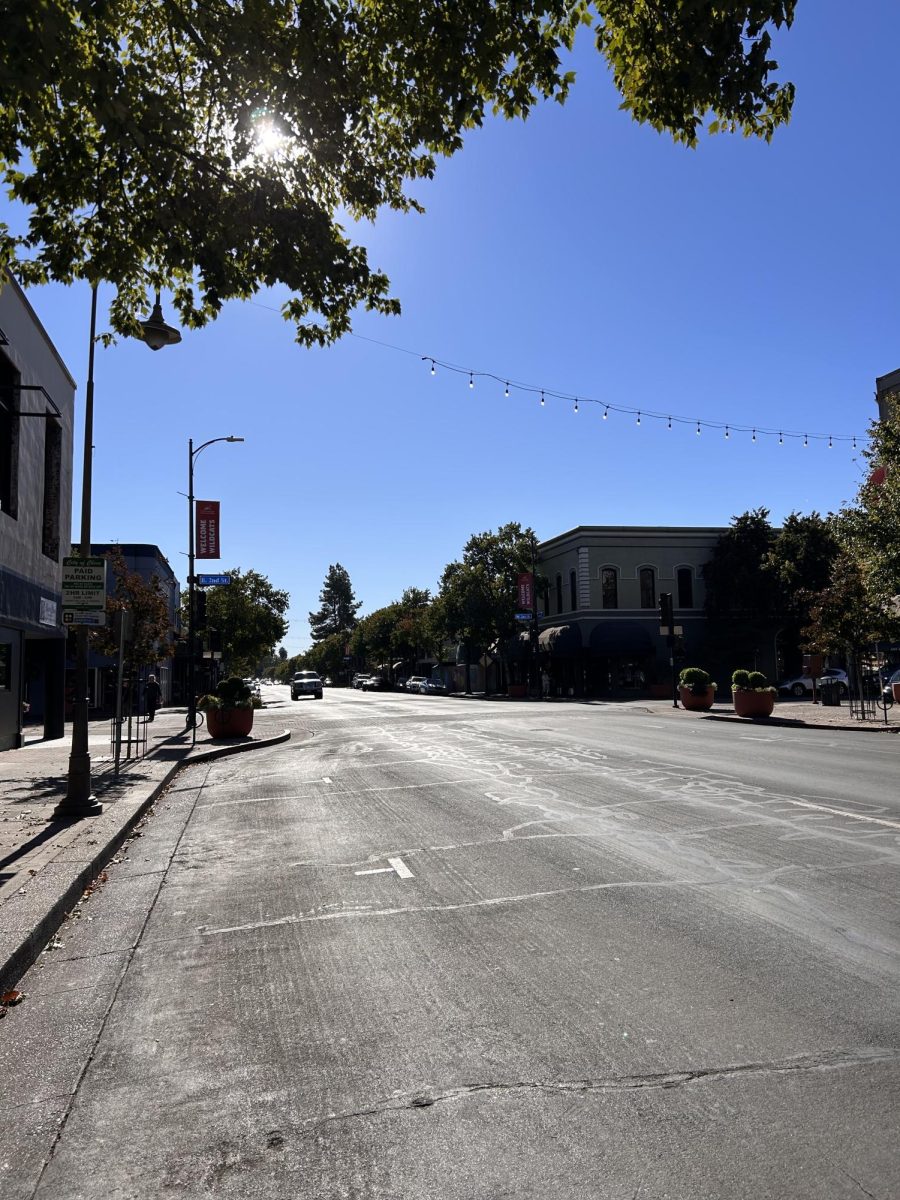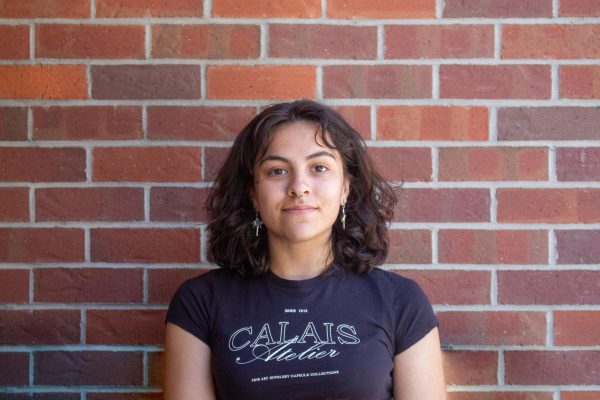You’ve been staring at the clock all class and you hardly notice when the professor dismisses you. As you flow into the hallway and out the door with the rest of your peers, you realize you have 30 minutes between classes.
It is not enough time to leave campus and not enough time to finish work. So, as the crowd of students moves toward the bridge, you just follow them because where else do you go to hang out on campus?
Chico State doesn’t have many places where students can build communities, and if the campus were to give more freedom to the students, more organic hang-out places would appear.
A third place is a space in a community for people to be at that is neither work nor home. Third places are used as social hubs and are a way for networking, community building and strengthening traffic to fill the area.
Sociologist, Ray Oldenburg, coined the term in the ‘80s. He emphasized the importance of physical places, as face-to-face interactions deepen interpersonal relationships in a community.
On the Chico State campus, where are the third places for students – not to study or eat alone – but to simply meet people and build community?
If you like gaming, The Hub is an excellent place to spend some time. There are two big screens, one hooked up to game consoles and one playing TV and movies on a loop.
The Meriam Library, even without all functioning floors, is a space for students to focus on their studies. While many study groups use this space to connect, in context to third places, schoolwork is akin to work. Community building can happen, but the primary focus usually is completing assignments.
And just in time for Fall and Winter, the Patio in front of the Wildcat Recreation Center just opened. This is underutilized so far.
“Once in a while, there will be a couple of people out there,” A WREC employee said when asked if students use the new Patio.
“It’s not functional for students. It’s not logical,” said another employee.
The administration is out of touch with the students and what kind of spaces they would actually like to use. The Hub and sitting outside on the ground are some of the only spaces for students to relax on campus.
Creative placemaking is the use of arts and culture to shape the general vibe with low-barrier accessibility to allow everyone in a community to be involved.
Projects can range anywhere from hundreds of millions of dollars for a sky bridge across New York City, to a chair being placed on the sidewalk so people can just take a break on their walk. Each successful placemaking project gives the power to the public to further use and build memories within that space.
Placemaking on campus can look like musicians singing around the campfire on a certain night, hanging hammocks from any of the strong trees, or even just more art that people can take selfies with. The goal is to pique people’s interest until the public builds a connection
Third spaces allow students to engage with each other and their environments. However, the low-barrier approach that creative placemaking values leaves people anxious about whether they can use a public place without explicit permission. People won’t enjoy themselves if they don’t know if they are welcome there.
Removing the stigma of using public spaces without explicit permission will likely lead to more people enjoying places on campus together rather than sitting on a bench on their phones alone.
Opportunities for live music, more public art and lower barriers to use spaces will help build community and interpersonal connections on the Chico State campus. Allow the students to create their own third spaces they will use.
Nadia Hill can be reached at [email protected]




